When it comes to Changning's wild Tea, many people think of the large tea trees in front of and behind the houses, by the fields and on the edges of lands in villages such as Mangshui Yanjiang and Wenquan Lianxi.
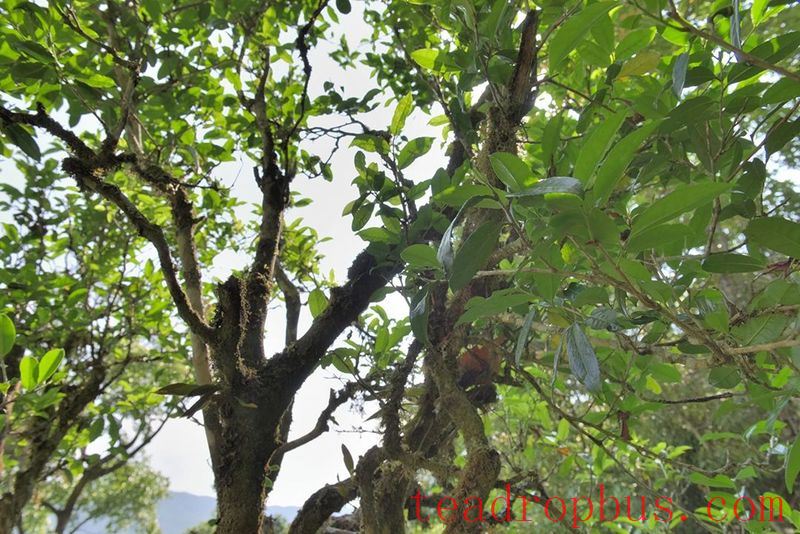
“Changning is covered with wild tea plants, much like other primitive species, they have been preserved since before the Quaternary glaciation.” As recorded in the ‘Changning Tea Chronicle,' there are many wild teas distributed in the vast forests of Changning, coexisting with other species to form a world of biodiversity. There are many such wild teas in the great forest on the eastern bank of the Lancang River at Agan Liangzi.
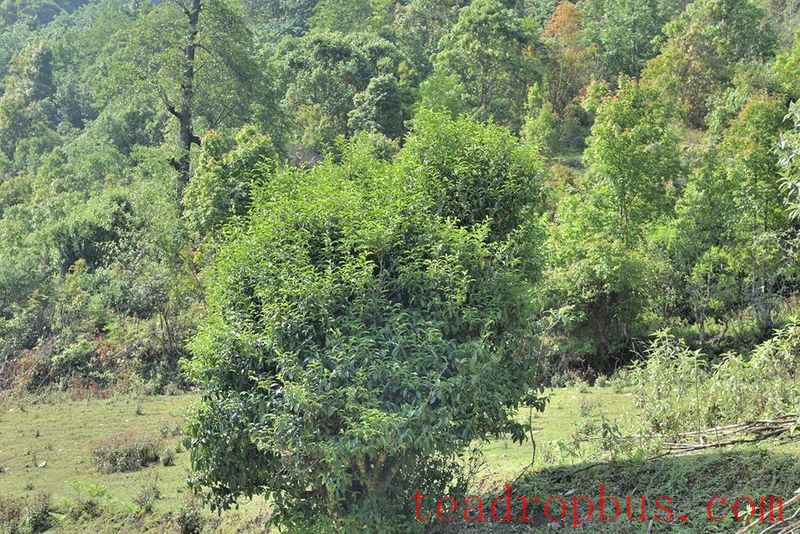
“Our village of Agan has many wild teas; in just the collective forest contracted and managed by our villagers, over 4,000 ancient wild tea trees have already been discovered,” introduced Tea Jianhu, the Party Secretary of the Agan Village Committee. He added that Agan Village is located between three mountains and two depressions on the eastern bank of the Cangjiang River, where numerous ancient tea trees have been found, with more than 6,000 registered after an investigation.
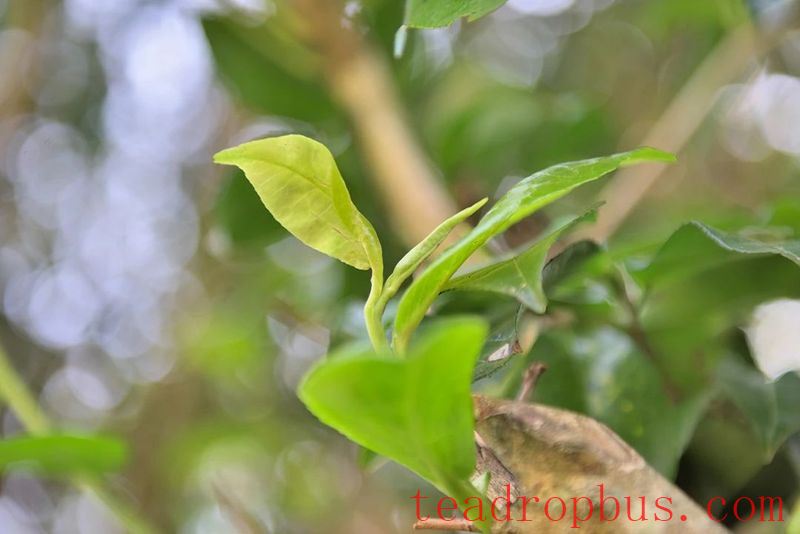
Following Tea Jianhu and a group of villagers on their journey to find tea in Agan, the morning destination was a place called “Aluoshan.” This area had once been cultivated, and there were several severely damaged stone houses. Around the cultivated land and along the field ridges were some large tea trees, including both wild and cultivated varieties of large-leafed tea. In the surrounding woods, many wild tea trees could be found. Tea Jianhu explained that this place is called “Aluoshan” because over a hundred years ago, a family surnamed Luo moved here to live and cultivate the land, living here for about 50 years before returning to their original home in Beiyin Mountain in the 1950s.
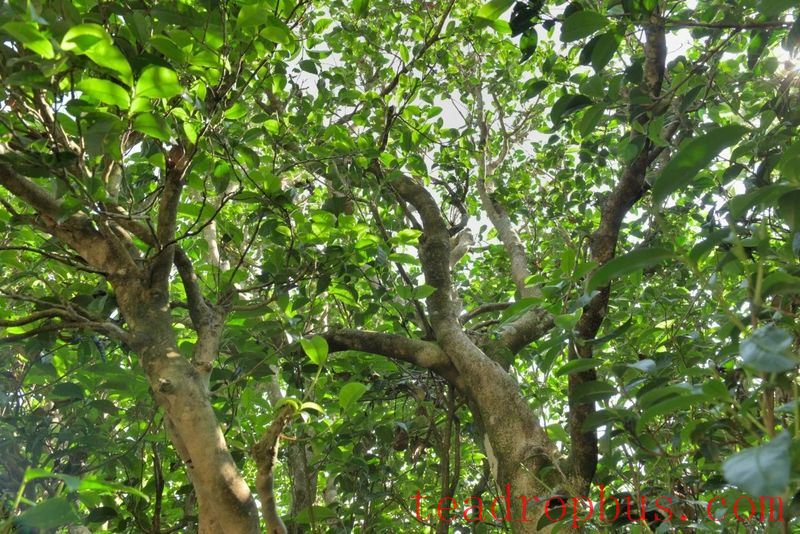
Tea Jianhu said, “According to the elders in their family, they moved to this place mainly because of the wild tea trees here. Later, they brought back tea seeds and planted some tea, which became the mix of wild and cultivated tea we see today.”
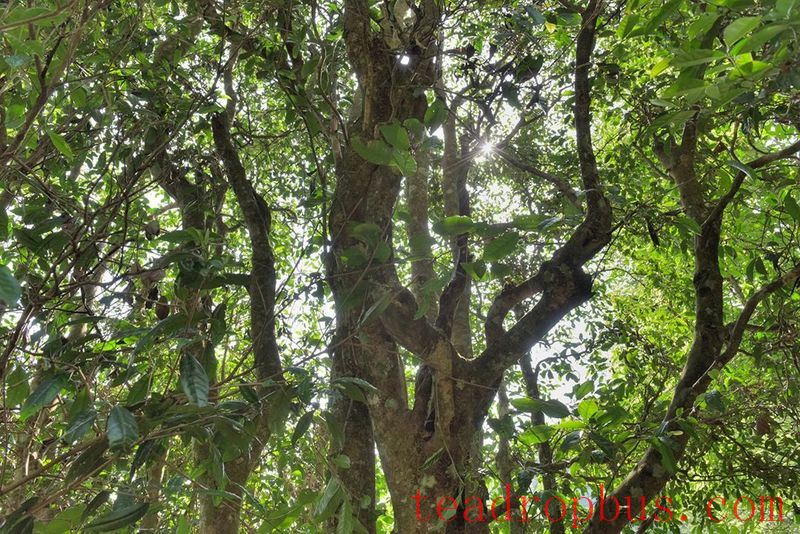
Upon careful examination, it was found that the cultivated large-leafed tea did not differ much from what was grown in nearby villages. However, the wild-type tea trees included those similar to the Bao Hong Cha seen in other villages, as well as types with leaves as large as those of the Mengku large-leafed variety, yet smooth like Bao Hong Cha. Tea Jianhu said, “Most of the wild teas we've found in the Agan forest look like this. Locally, we call them ‘Dashan' tea. These tea plants have prominent main trunks, high branching points, tall and upright postures, and sparse and blunt leaf serrations, which make them feel quite unique.”
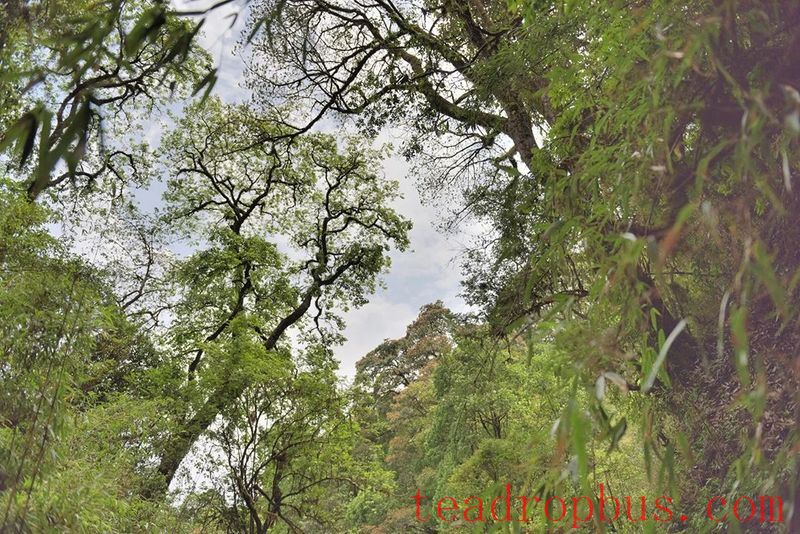
In the afternoon, the group visited Aluqing, a large forest behind the Alu Villager Group. “We're almost there,” said Zuo Yingliang, the head of the villager group, as they walked through the forest filled with various large trees and understory vegetation, occasionally getting stung by stinging nettles and bitten by mosquitoes and leeches. Fortunately, along the way, they would see various wildflowers and fruits, hear birds singing, and every now and then spot a few large or small tea trees, making the journey feel like a treasure hunt as much as a search for tea.
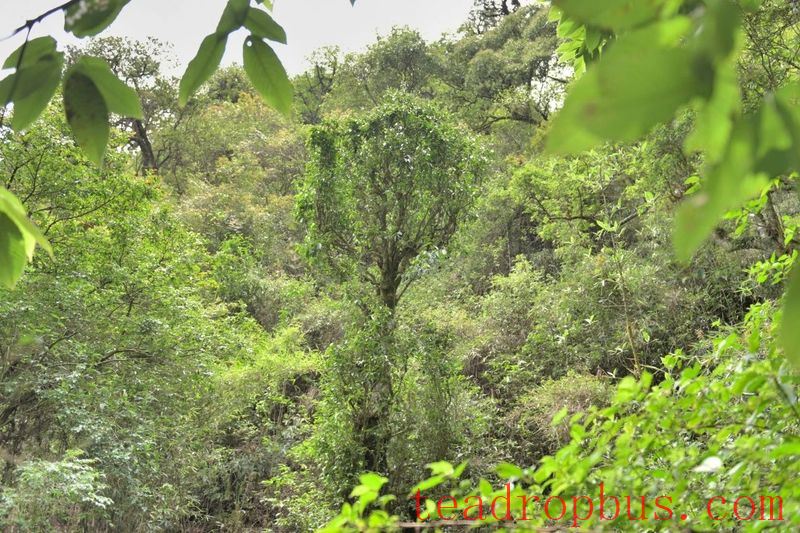
After nearly two hours of trekking through the forest, they finally arrived at the location of the “tea king” mentioned by Zuo Yingliang. It was on the side of a small mountain valley in a dense forest, under a massive rock. Despite being covered in moss and bearing the marks of time, these two large tea trees sprouted buds and leaves like those seen in “Aluodi,” stubbornly pushing through the dense forest to seek sunlight. The phrase “the best grows among scattered stones,” as written by Lu Yu in his ‘Classic of Tea,' likely describes such a scene.
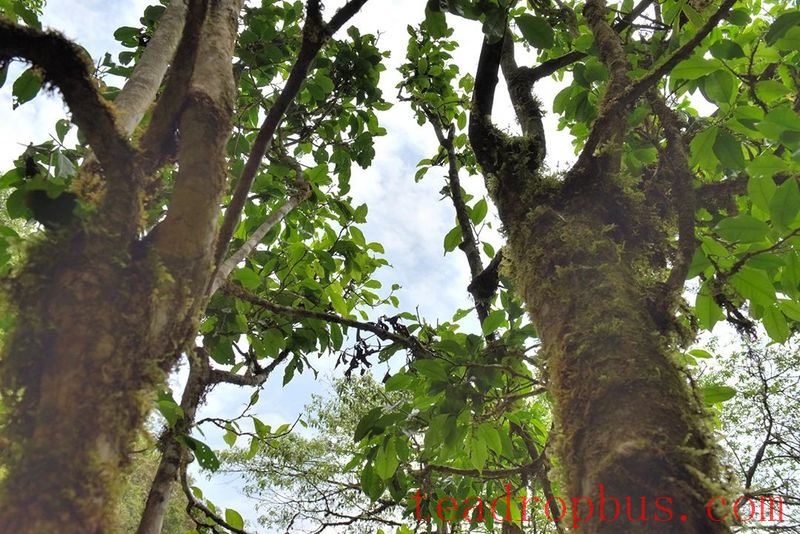
At the foot of the tea tree, Tea Jianhu and Zuo Yingliang joined hands to encircle the base of the tree trunk. After making a considerable effort, they finally managed to do so. “This is the largest one we've found in this area. Our villager group has a total of over 2,800 ancient tea trees, of which over 2,000 are Dashan tea in the forest. The Dashan tea in the mountains is quite scattered, with a few or a dozen growing together in different places. The sizes of the tea trees vary, but I believe they are native to these forests and have been reproducing and growing generation after generation,” Zuo Yingliang explained. He added that most of the tea found in the local forests is this type of Dashan tea, with some smaller-leaved Bao Hong Cha and a small number that are likely hybrids of wild tea and cultivated large-leafed tea, known as “Bai Mao Jian.”
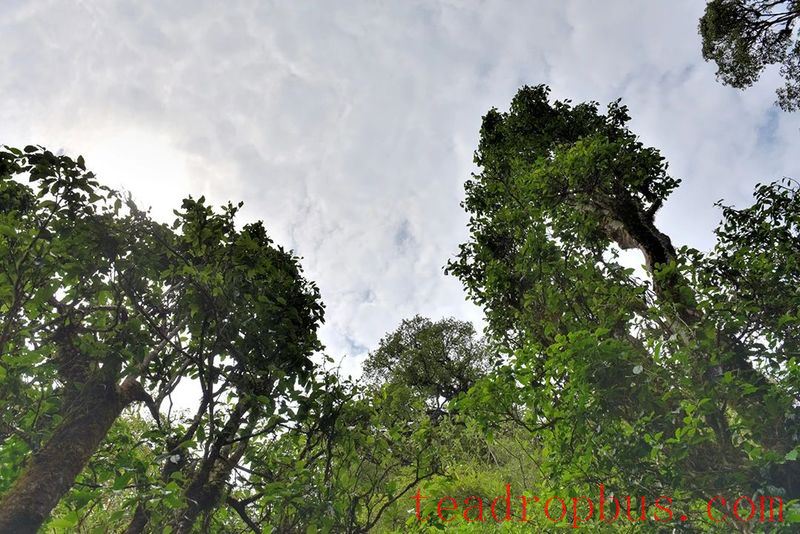
“Few people knew about the ancient tea trees in Agan before, and the prices were low, so we couldn't earn much from selling them. In recent years, the upper Agan Tea processing factory in the village has been leased out, with someone specifically buying and processing the tea, and even creating a brand. More and more people are now aware of our ancient tea trees hidden deep in the mountains, and many come here to find and buy tea,” Zuo Yingliang explained. “Every time someone comes looking for tea or to buy it, I take them to the owners of the tea. On one hand, I act as an introducer, and on the other hand, I strengthen the promotion, so that our villagers understand the value and importance of cherishing and protecting these tea trees.”
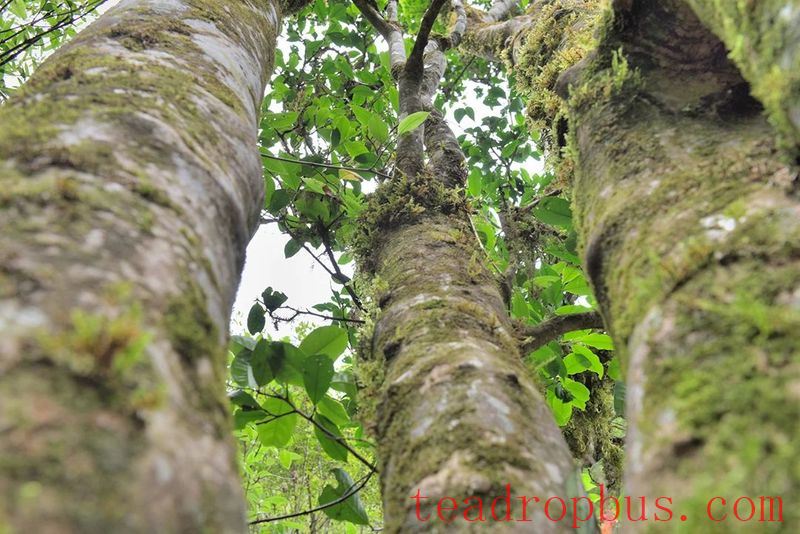
After nearly four hours of trekking through the mountains, they returned to the Alu Villager Group. At the foot of the mountain, there were many cultivated large-leafed tea trees on the field ridges and along the roadsides near the houses. Villager Luo Jiangyu said, “My family has some wild tea, as well as garden ridge tea around a hundred years old. In recent years, our income from tea has increased year by year, and we earned more than 20,000 yuan from Spring Tea this year.”
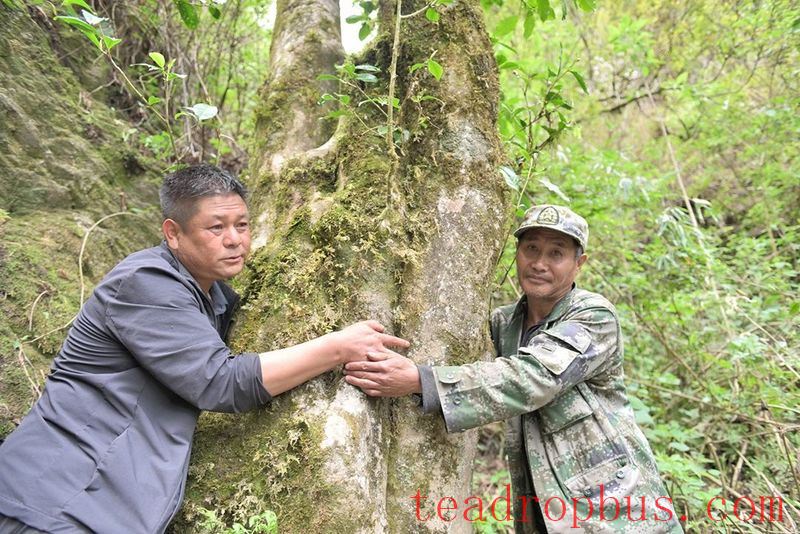
“I make many kinds of tea. Please try them and give me your feedback.” In the tea processing factory built in Agan Village, the lessee, Luo Xuexin, warmly greeted the visitors and presented them with wild Black Tea, sun-dried Green Tea, and ancient large-leafed tree black tea and sun-dried green tea for them to see and taste. Luo Xuexin said